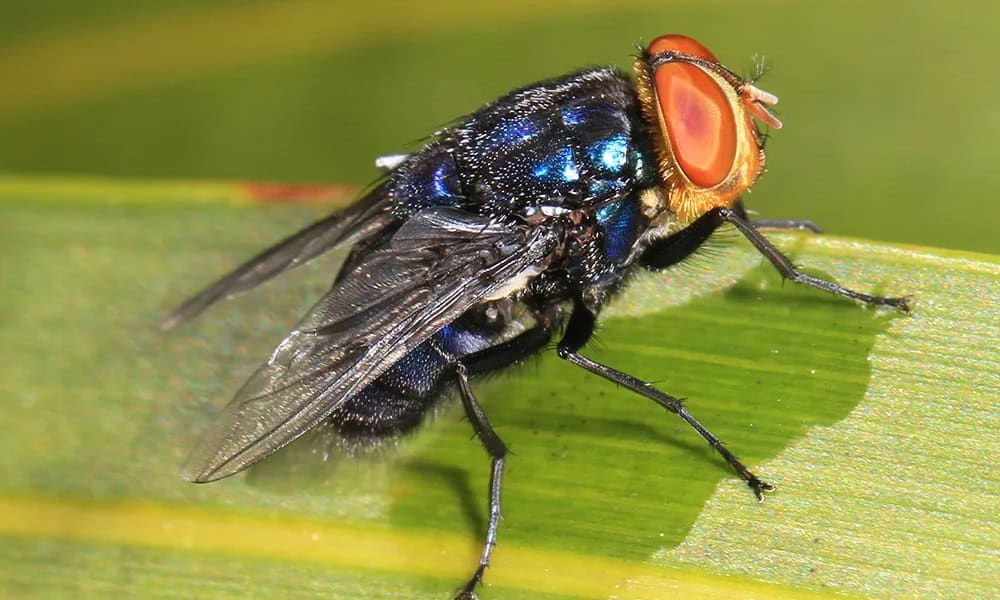According to Costa Rican parasitologists, the upcoming months of heavy rains could increase screwworm cases by the end of 2024. “In warm climates with rising rain and humidity, parasite cycles thrive,” explained Victor Montenegro, a parasitologist at the School of Veterinary Medicine of the National University (UNA). Conversely, in drought conditions, many of these agents perish, and in extremely cold climates, most parasitic cycles are suppressed or fail to develop.
“Although upland regions and urban areas are not typically the primary habitat of the screwworm (Cochliomyia hominivorax), cases in these areas cannot be dismissed due to the fly’s extensive flight capabilities,” added Montenegro.
Data from the National Animal Health Service (SENASA) indicates a peak infection in cattle, affecting 75% of cases, equating to over 3,000 cattle. Dogs are next, with 15% of cases, nearing 600 infected animals. The expert emphasized the need for vigilance, especially with stray dogs or those spending long periods outside.
UNA veterinarians are also concerned about possible screwworm infection in wildlife. Due to their habitats, such as protected areas and national parks, it’s hard to determine the exact number of affected wild mammals. Species like deer, wild pigs, wild cats, and coyotes may be at risk.
“The problem is that if cases spread to wild animals, it could spiral out of control, as detecting and treating screwworm in wild animals is extremely challenging,” said Alexis Sandí from SENASA’s Epidemiology Department.
As of July 31, Costa Rica has reported 22 human cases of screwworm myiasis. According to the Ministry of Health, Puntarenas and San José have the highest case counts, though each of the other five provinces has reported at least one case.
The screwworm is transmitted by a fly that, after reproduction, seeks a place to lay eggs. Once hatched, maggots form. The complete cycle from egg-laying to the emergence of the next fly is 21 days.






